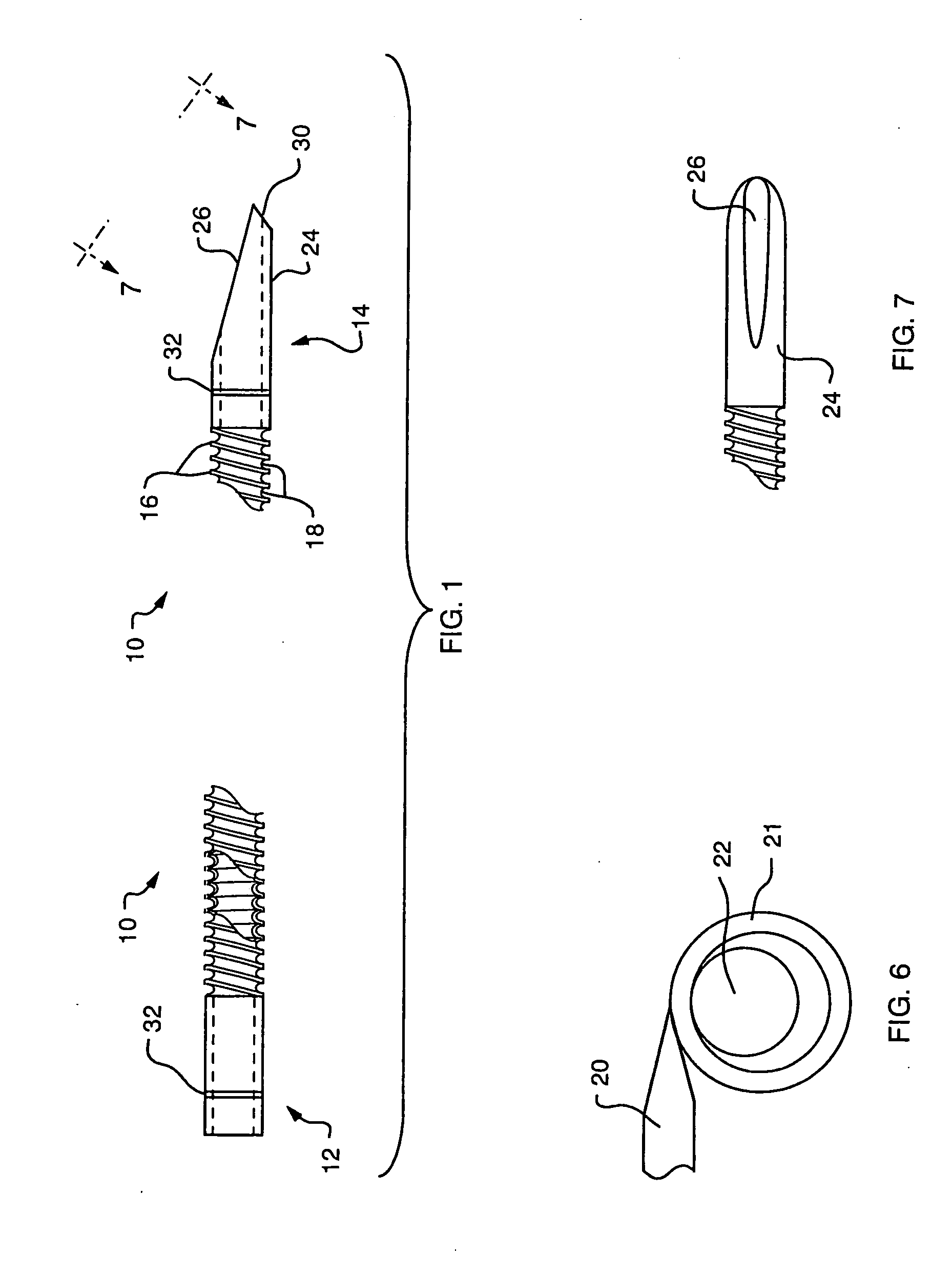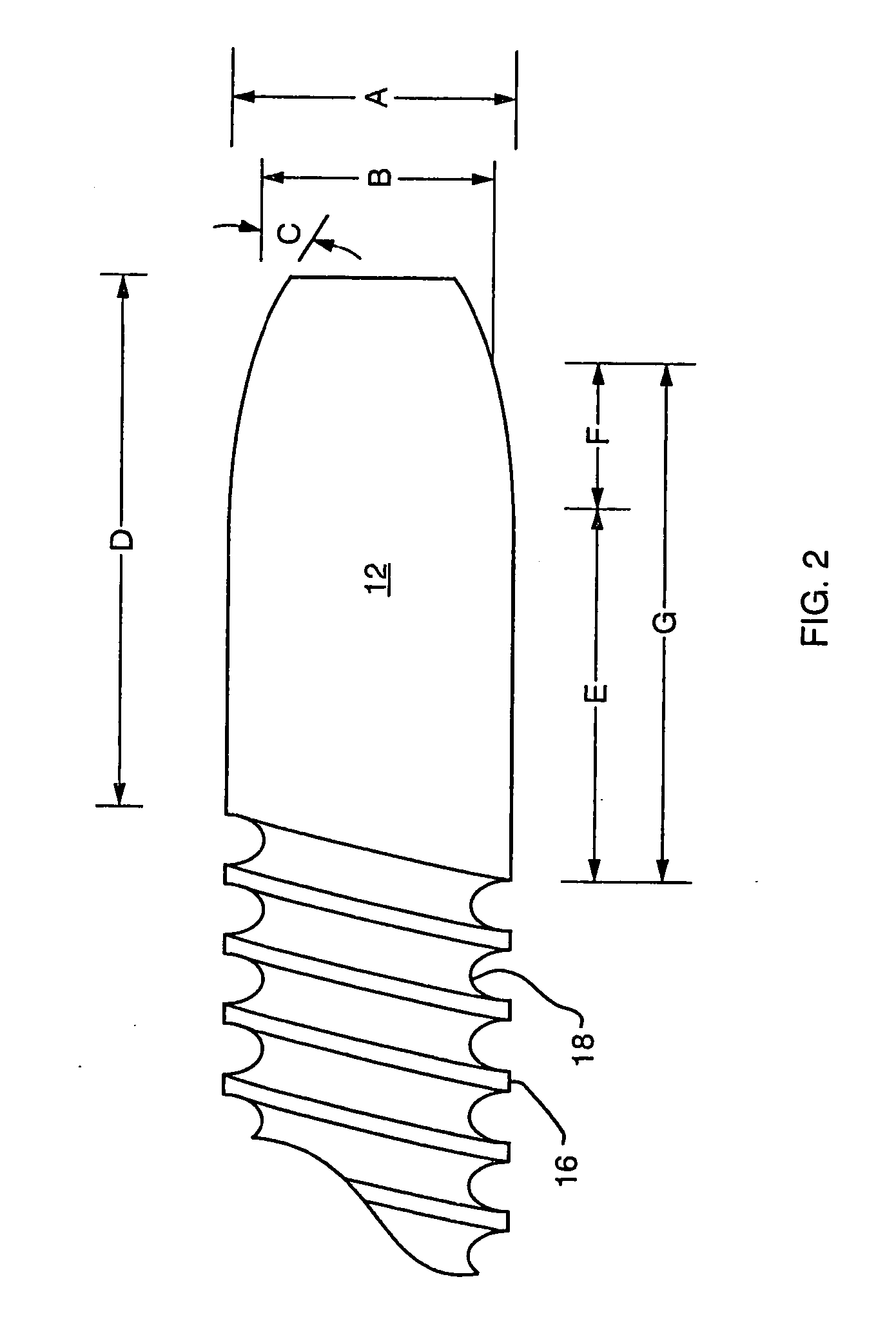Stent delivery catheter
a stent and catheter technology, applied in the direction of tubular organ implants, ear treatment, blood vessels, etc., can solve the problems that the doctor may not be able to push the stent through a constriction in the duct, and achieve the effect of facilitating the stent's entry into the biliary tra
- Summary
- Abstract
- Description
- Claims
- Application Information
AI Technical Summary
Benefits of technology
Problems solved by technology
Method used
Image
Examples
Embodiment Construction
[0021]FIG. 1 illustrates, in side view, an embodiment of a stent 10 having a proximal end 12 and a distal end 14. The stent is formed from a tube of a polymer, commercially available from Victrex under the trade designation PEEK. The polymer is a polyetheretherketone, a linear aromatic semi-crystalline polymer. By way of example, for use as a biliary stent, the PEEK tubing may be of the order of 4 to 15 centimeters long having an outer diameter of between about 5 to 11 French (0.065 inches to 0.143 inches). The wall thickness of the tubing may be of the order of about 0.005 inches. The PEEK material is thermoplastic and is formed from its extruded tubular configuration to that illustrated in FIG. 1 in which at least a portion of the length of the tube defines circumferentially extending external ridges 16 alternating with valleys 18. Preferably the ridges are formed in a helical, thread-like pattern.
[0022] The ridges 16 and valleys 18 are formed by applying a heated tool against th...
PUM
 Login to View More
Login to View More Abstract
Description
Claims
Application Information
 Login to View More
Login to View More - R&D
- Intellectual Property
- Life Sciences
- Materials
- Tech Scout
- Unparalleled Data Quality
- Higher Quality Content
- 60% Fewer Hallucinations
Browse by: Latest US Patents, China's latest patents, Technical Efficacy Thesaurus, Application Domain, Technology Topic, Popular Technical Reports.
© 2025 PatSnap. All rights reserved.Legal|Privacy policy|Modern Slavery Act Transparency Statement|Sitemap|About US| Contact US: help@patsnap.com



